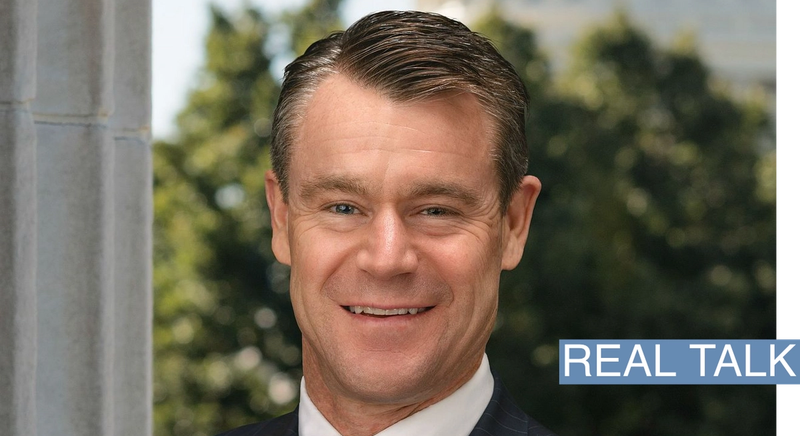The Facts

Much of Washington scoffed when Joe Biden promised to bring back the art of the bipartisan deal making as he ran for president.
But then the unthinkable occurred. During the 117th Congress, lawmakers broke through gridlock to pass major legislation backed by both parties on infrastructure, guns, computer chips, veterans’ health benefits, and marriage equality. They’re capping off that run this week with a $1.7 trillion omnibus spending bill that will provide a big jolt of aid to Ukraine and reform the Electoral Count Act to prevent another January 6th-style coup attempt.
How did it all happen? Sen. Todd Young, the Indiana Republican who helped author one of this year’s highest-profile bipartisan bills, recently offered his theory during a wide-ranging sitdown with Semafor.
The View From Todd Young
The short version? Working across the aisle helped Republicans keep the filibuster alive in a 50-50 Senate by giving Joe Manchin, D-W.V. and Kyrsten Sinema, I-Ariz. wins they could point to while under pressure from their Democratic colleagues to junk it.
“The place worked in part because you didn’t have leadership try to blow up deals,” Young said, praising Senate Minority Leader Mitch McConnell, R-Ky. “Instead, we wanted them to get center-right or center-left deals that had broad appeal among the American people but as importantly, kept Sinema and Manchin happy so they didn’t join the ‘eliminate the filibuster’ crowd. It was a wise calculation.”
McConnell said much the same in an NBC interview published Thursday. He told the network that while passing the bipartisan bills was in the “best interest of the country,” it also “may have reassured” Manchin and Sinema that they were correct to oppose nuking the filibuster.
The fact that some old ideological lines between the parties have begun to blur also may have opened up space for cooperation.
Young is at the vanguard of Republicans willing to toss out GOP orthodoxy against federal intervention in most industries if it means safeguarding national security and competing against China’s rising influence. Partnering up with Senate Majority Leader Chuck Schumer, Young pushed the $280 billion CHIPS and Science Act over the finish line this summer. The bill poured money into subsidizing U.S. semiconductor manufacturing and authorized funding for bleeding-edge tech research.
“We at the federal level of government can’t just ignore these things and crack open Adam Smith as an A-to-Z manual on what to do,” Young said, referring to the Scottish economist many consider the godfather of free-market philosophy. “We need to respect the power of markets but also ensure that our markets can work when tested.”
There was, of course, plenty of partisan feuding over the last couple years. The CHIPS and Science Act almost fell victim to it when McConnell threatened to kill the legislation if Democrats went ahead on their party-line climate and prescription drug reform bill. The move angered Manchin and ultimately failed to stop what came to be the Inflation Reduction Act.
Young also suggested CHIPS would have drawn more GOP support under a Republican administration. “I had countless colleagues approach me and say that they believed in this investment and believed it was important to national security and economic security,” he said. “But they shared with me this was a very hard argument for some constituents.”
Going forward next year, Young still thinks there’s room for bipartisan cooperation when it comes to boosting tech and competing against Beijing, particularly in hypersonics research and quantum computing.
As for other issues? Don’t hold your breath. He’s anticipating a “nasty” fight on the debt limit in the new year, which may well sap momentum from everything else. “Let’s hope that Democrats make some hard decisions on the spending front because it looks inevitable that there will be a standoff,” Young said.

